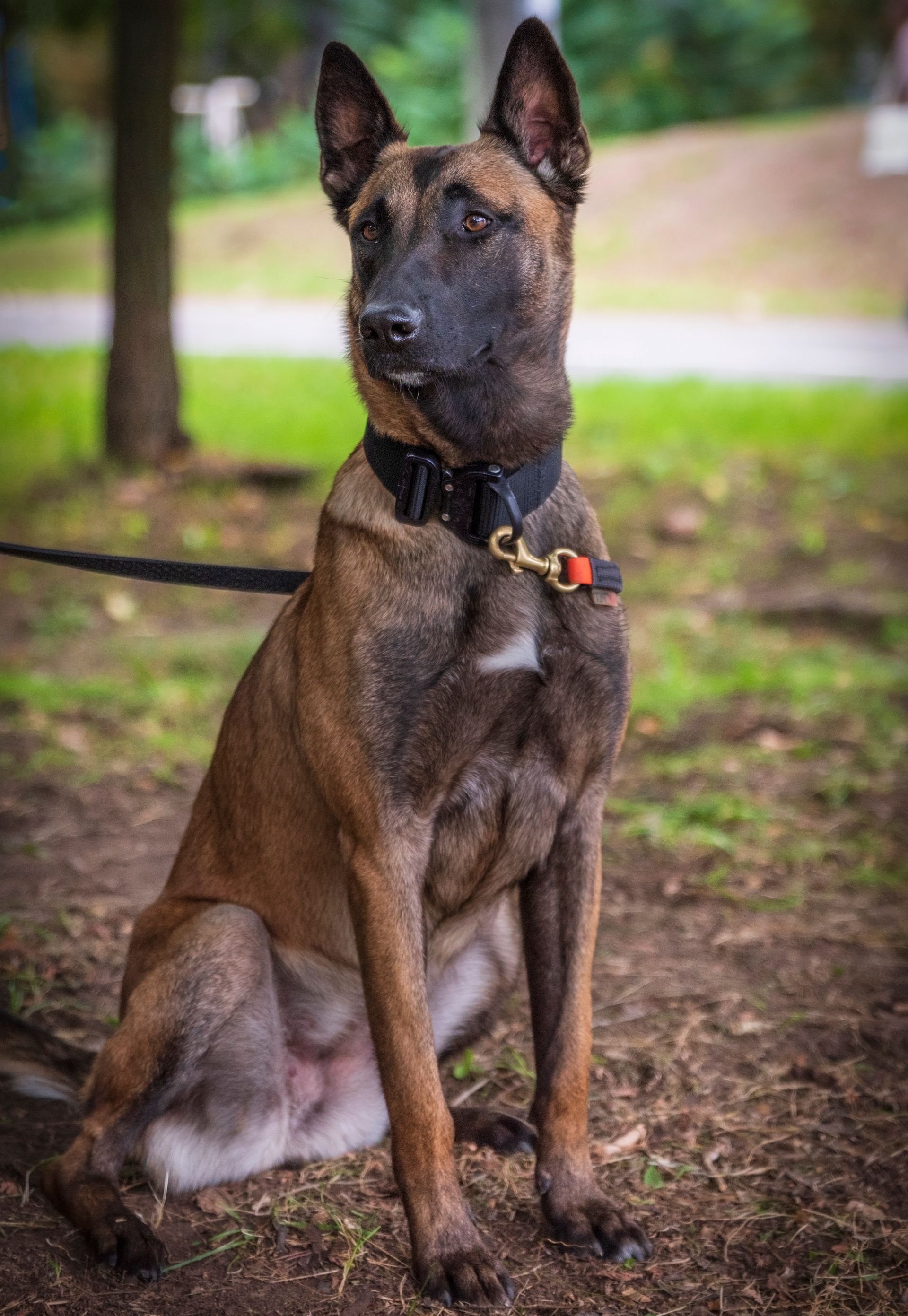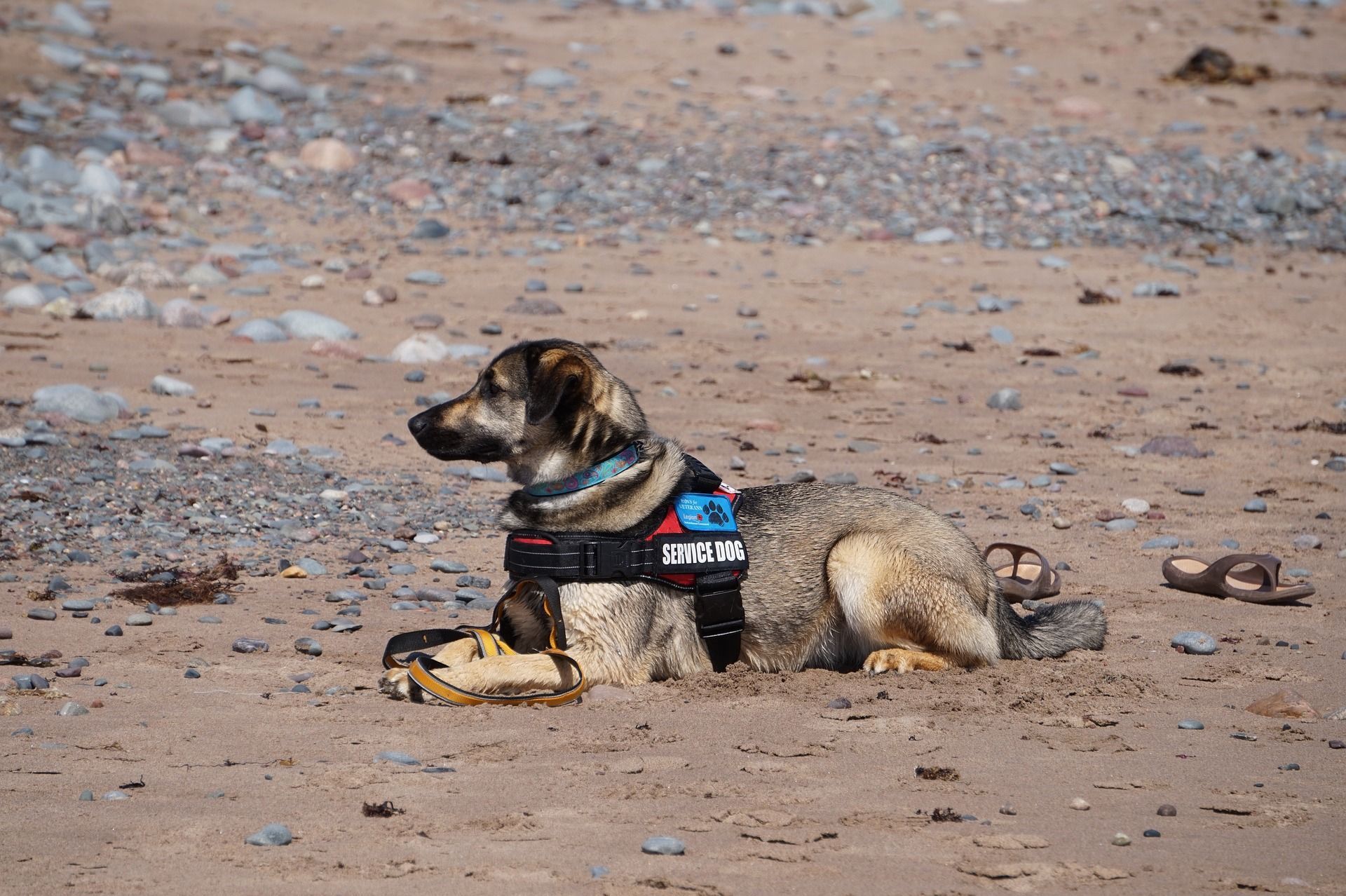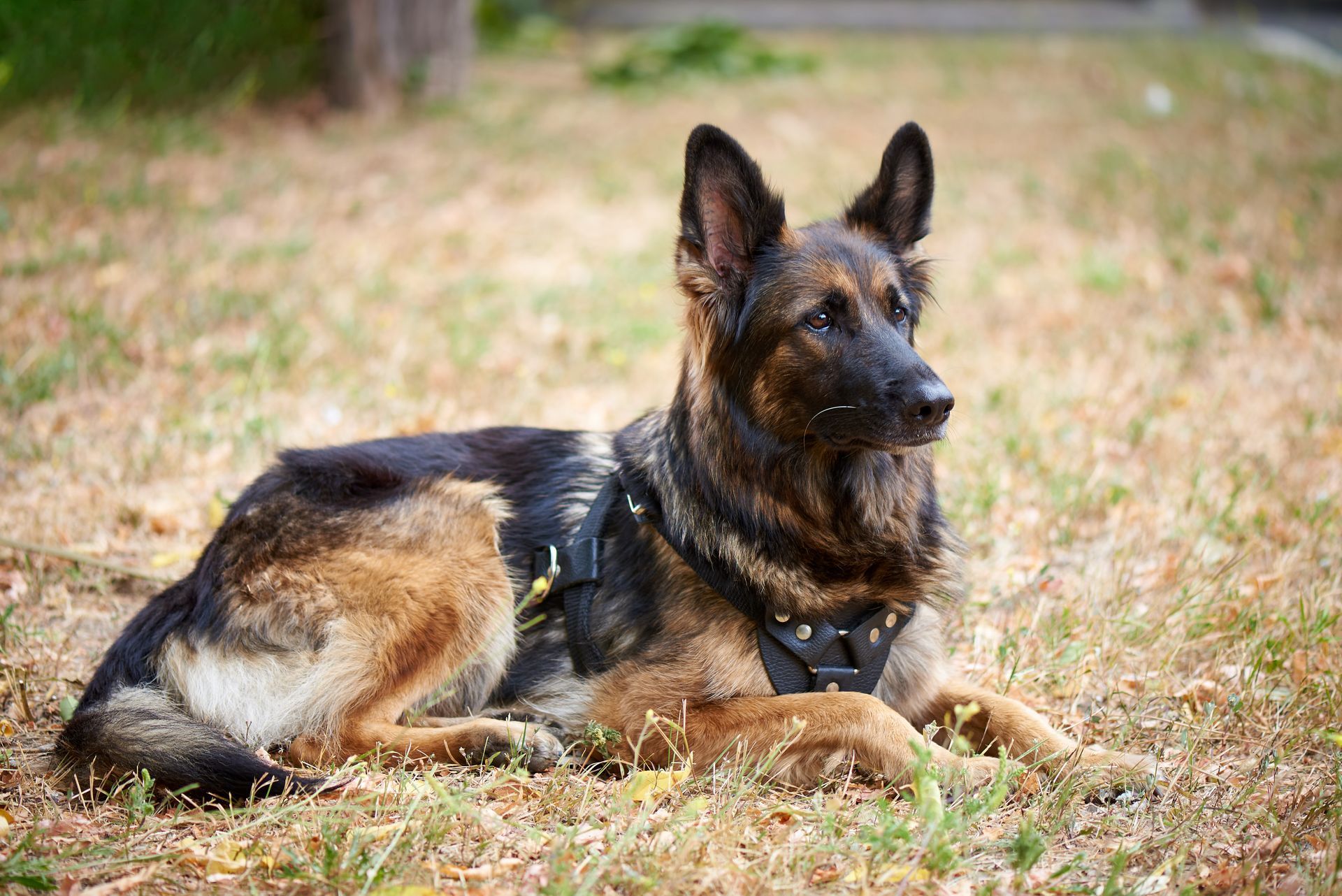May 22, 2025
Last week I wrote a post about the differences between a service animal, emotional support animal, and a therapy dog. This week I am doing a deep dive into a service animal. There are only 2 questions that can be asked of a person with a service dog. 1. Is the dog a service animal required because of a disability and 2. What work or task has the dog been trained to perform. The Americans with Disability Act (ADA) is what defines a service animal. The definition defined by the ADA is a dog that is individually trained to do work or perform tasks for people with disabilities. (Note that nowhere in that definition does it say there is any type of certification requirement.) If a dog meets the definition of a service animal, they must be allowed anywhere that the public has access to. But there is one requirement when in public. The dog must be under control, and the dog is house broken. If the dog is not under control, the dog must be removed from the premises if asked to do so. What would be considered out of control? Barking, growling, lunging, jumping on people, biting, trying to sniff people, and going to the bathroom on the floor, would all be grounds to lose protection under the ADA. There are some key elements I want to mention about a service animal. 1. Any breed of dog can be a service animal, but it has to be a dog. There is an exception for miniature horses, but that is outside of the scope of this post. 2. There are no training requirements other than for the specific task the dog does to help with the disability. Which means people can train their own dog to do the task they need help with. 3. There are no certification requirements. 4. Wearing a vest that says service animal doesn't make the dog a service animal. Based on the definition on the ADA'S website, basically any dog can be a service dog, or can it be? One of my dogs I trained to retrieve bats for a local baseball team. He was very good at it. The only problem is he is a high drive dog, and he would be willing to die for that bat. With that much drive, I have to be careful what situations I put him in. In the wrong scenario he will at minimum, growl, bark, or worse, bite someone. I have back problems that at times make bending over extremely painful. I could easily train my dog to pick up anything. He would fall under the guidelines of the ADA, I could give him the designation of a service animal. However, if I take him into a store and he growls at someone that looks shady, or barks, he just lost protection under the ADA. I would have to remove my dog, if asked. My dog is very smart, and could do nearly any task I want to train him to do, but genetically he has way too much protective drive. He would make a horrible service dog because of his drive, but thrives at other things I do with him. If someone really needs a service dog to be with them all the time, running the risk of a dog's behavior nullifying the ADA protection while in public, is not an option. If a dog is trained as a seizure dog, then that dog must have the right temperament to be with his owner all the time. Which leads to the point I made in my original post when I discussed one place in ND that does train service dogs. They don't train just any dog to do the work. They choose dogs bred for the purpose. Even many of those dogs wash out of the program because they don't have the right temperament. The people that need these dogs can't risk having a dog with behaviors that would exclude them from the ADA protection. To conclude, almost any dog can be trained to do a task to assist with a disability, but very few would pass a temperament test, this would risk their ADA protection. So, if you see a person with a dog that has a vest that says service dog, and the dog is presenting bad behaviors, they have no protection under ADA to have that dog with them.





